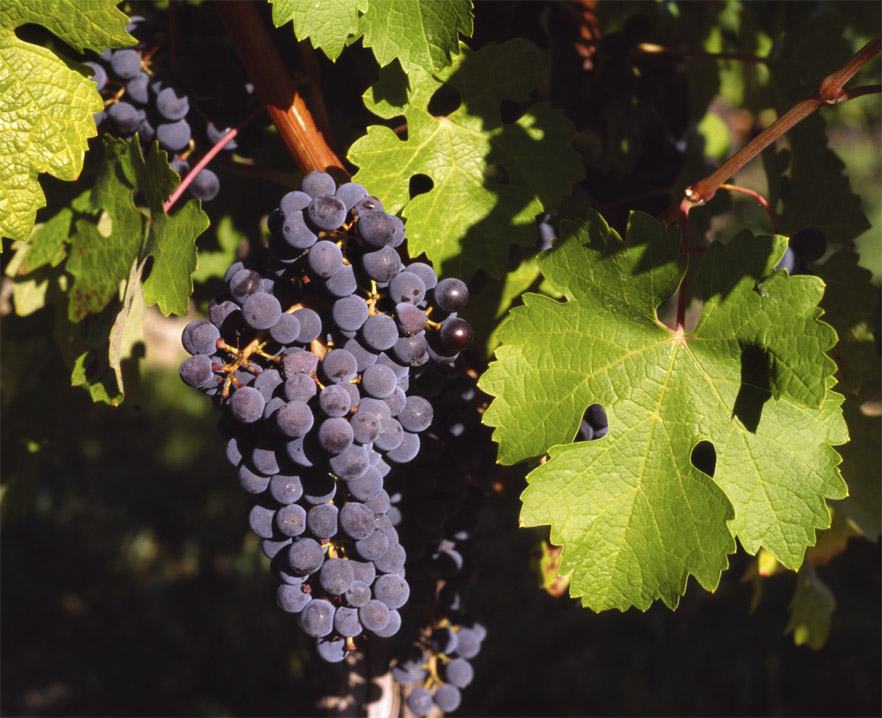Interaction of vine and branches in producing grapes
- Introduction to Viticulture
- Anatomy of a Vine
- Life Cycle of a Vine
- Grape Varieties and Types of Vines
- The Role of Soil in Grape Production
- Understanding Pruning and Training
- Watering and Irrigation Systems
- Vine Disease and Pest Management
- Phases of Grape Development
- Grape Harvesting and Post-harvesting
- Influence of Climate and Weather
- Vineyard Technology and Innovations
Grape Varieties and Types of Vines
Different Types of Vines and Their Traits

Species of flowering plant in the grape vine family Vitaceae.
Vines are the backbone of grape production, and understanding their types and traits is crucial for anyone interested in viticulture. This article will provide an overview of the different types of vines and their unique traits.
Overview of Different Types of Vines
There are several types of vines, each with its unique characteristics. Some of the most common types include:
-
Vitis Vinifera: This is the most common type of vine used in wine production worldwide. It is native to the Mediterranean region, central Europe, and southwestern Asia. Vitis Vinifera includes well-known varieties such as Cabernet Sauvignon, Chardonnay, and Pinot Noir.
-
Vitis Labrusca: Native to North America, these vines are often used to produce table grapes and some wines. The Concord grape, used in grape juice and jelly, is a well-known variety of Vitis Labrusca.
-
Vitis Rotundifolia: Also known as the muscadine grape, this vine is native to the southeastern United States. It is known for its thick skin and unique flavor.
-
Vitis Riparia: This vine is native to North America and is often used as a rootstock due to its resistance to pests and diseases.
-
Vitis Aestivalis: Known as the summer grape, this vine is native to the eastern United States and is used to produce wine and table grapes.
Understanding the Unique Traits of Each Vine Type
Each type of vine has unique traits that influence the quality and type of grapes it produces. Here are some of the key traits:
-
Vitis Vinifera: These vines are known for their diverse range of flavors and aromas. They are also highly adaptable and can be grown in a variety of climates.
-
Vitis Labrusca: These vines are known for their hardiness and resistance to cold temperatures. However, they tend to produce grapes with a distinctive, often described as 'foxy', flavor.
-
Vitis Rotundifolia: These vines are highly resistant to pests and diseases. They produce grapes with a thick skin, which can contribute to a unique texture and flavor in the resulting wines.
-
Vitis Riparia: These vines are highly resistant to cold and pests, making them an excellent choice for rootstock. They are not typically used for grape production due to their small, tart grapes.
-
Vitis Aestivalis: These vines are known for their resistance to heat and diseases. They produce grapes with a high sugar content, making them ideal for sweet wines.
Understanding the different types of vines and their unique traits is crucial for successful grape production. By choosing the right vine for your specific needs and conditions, you can optimize your grape production and produce high-quality grapes.